CONTENTS
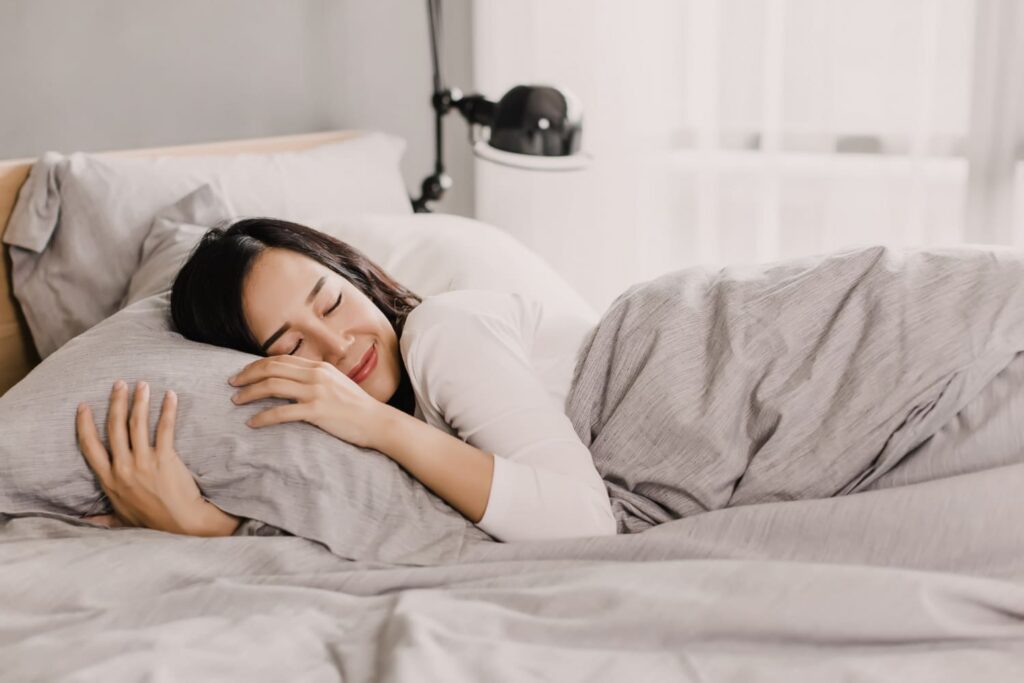
Discover the Best Temperature for Sleep Quality
Do you find yourself tossing and turning at night, unable to fall into the peaceful slumber you so desperately crave? Or perhaps you wake up frequently, drenched in sweat or shivering from the cold? If so, your bedroom temperature could be the culprit.
Ahead, we’ll explore how temperature affects your sleep, the best temperature for sleep, and how to maintain the ideal sleep temperature. Read on and prepare to transform your bedtime routine and wake up feeling refreshed every morning!
How Temperature Affects Sleep Quality
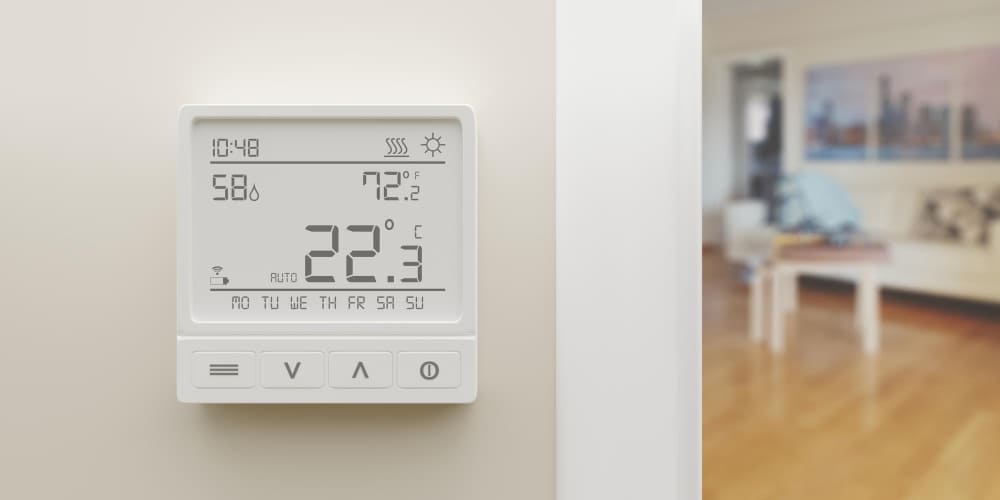
Our bodies have an internal thermostat that regulates our core body temperature, which naturally dips at night, initiating sleepiness and rises in the morning, promoting wakefulness.
When the environment is too hot, it may prevent your body from naturally cooling down, leading to restlessness and difficulty falling asleep. On the other hand, if the room is too cold, it might cause frequent awakenings during the night.
What is the Optimal Room Temperature for Sleep?
Adults
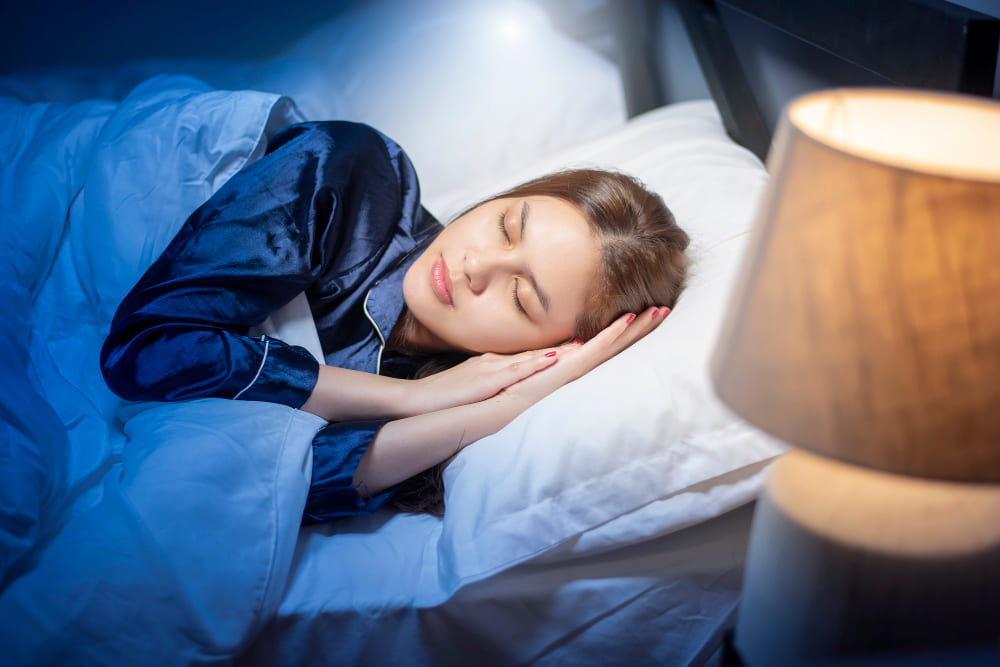
The optimal room temperature for sleep for adults varies slightly depending on individual preferences and the source. However, most sleep experts agree that it falls around 60°F and 68°F (15°C – 20°C). Some sources suggest an even narrower range of 68°F to 72°F.
It’s worth noting that a cooler room is generally better for sleep quality, as it aligns with the body’s natural dip in core temperature at night.
Babies/Toddlers
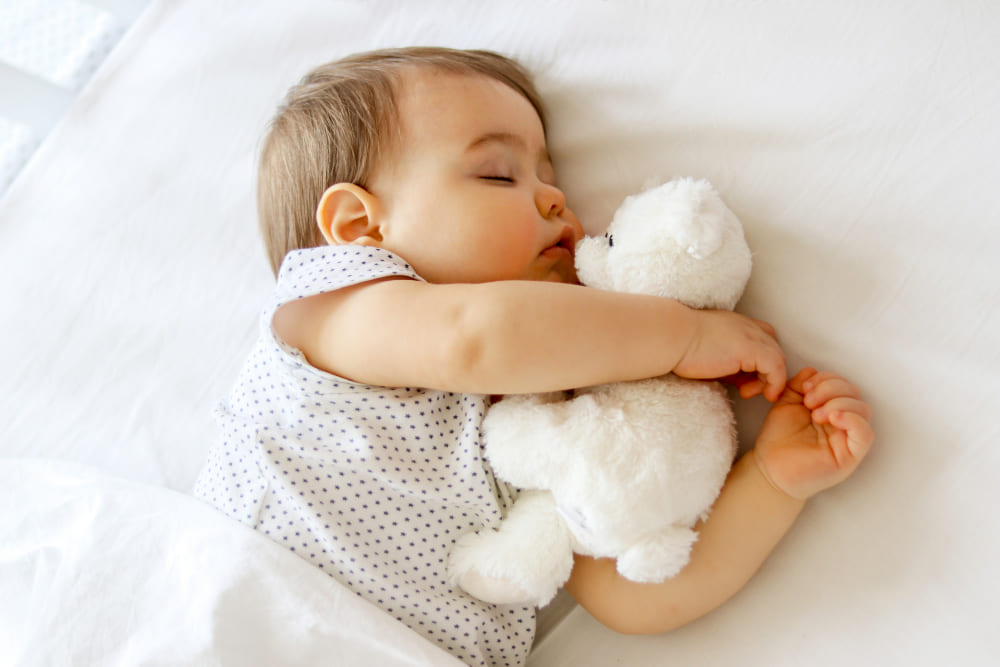
The optimal temperature for sleep for babies and toddlers is generally a bit warmer than that for adults since they are more sensitive than adults. The suggested range often falls around 68°F and 72°F (20°C – 22°C).
It’s important to monitor the temperature using an indoor thermometer or thermostat and adjust bedding and clothing as needed to ensure the child’s comfort and safety, as they cannot talk for themselves yet.
How to Maintain That Ideal Sleep Temperature
Here are several ways to maintain an ideal sleep temperature for quality sleep.
Take a warm bath 1-hour before bed
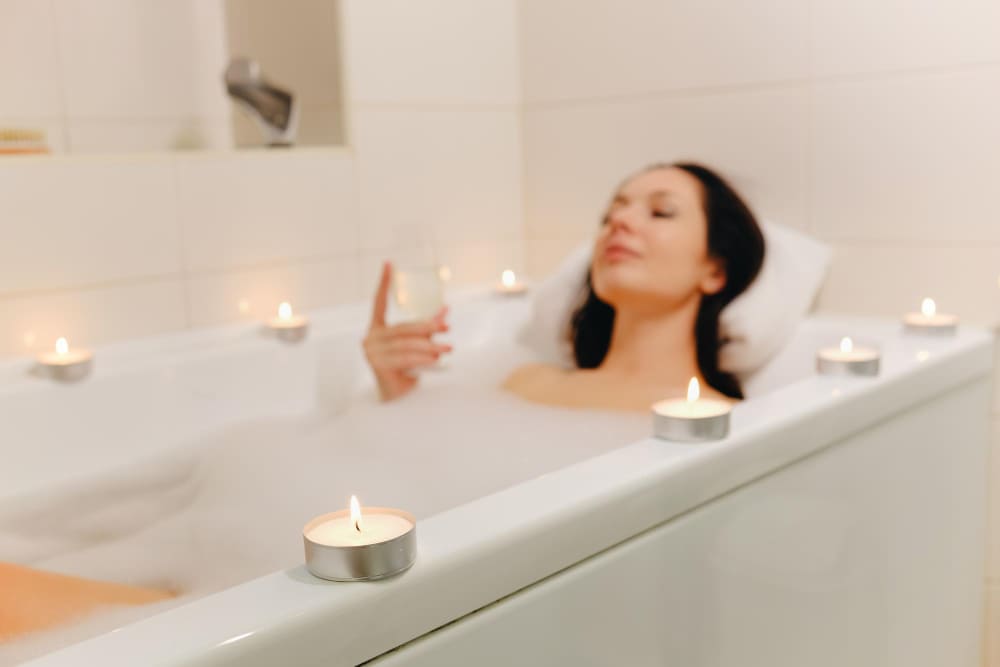
Help maintain the ideal sleep temperature by taking a warm bath before bed. The warmth of the bath initially raises your body temperature. However, when you get out of the bath, your body temperature rapidly cools down, mimicking the natural drop in body temperature that occurs in the evening and signals your brain it’s time to sleep. This helps you fall asleep quicker and achieve better quality sleep.
Consider your bedding
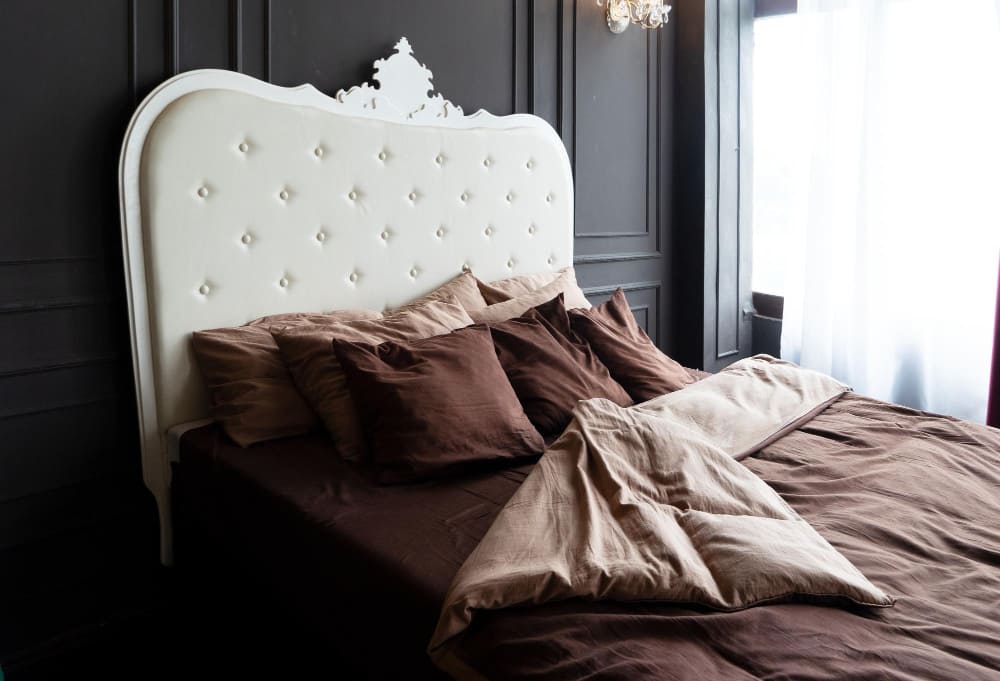
The right bedding can help reduce sweating, making temperature regulation easier. Thus, we recommend you opt for breathable fabrics like cotton, bamboo, or linen for sheets, as they don’t trap heat and allow air circulation. Moreover, layer your bedding to adjust easily to temperature changes throughout the night, and choose the weight of your bedding based on the season or room temperature.
In addition, consider investing in the best mattress options with cooling technology or materials that promote airflow if you’re prone to overheating while sleeping.
Sleep under separate covers
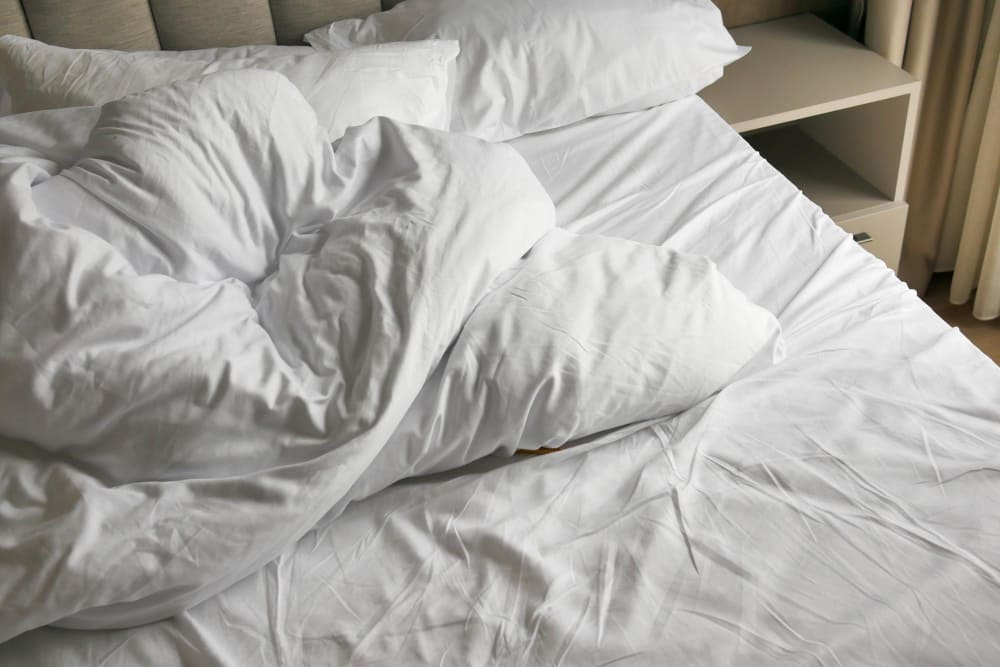
Sleeping with your partner? Besides using separate pillows, consider sleeping under separate covers, especially when you and your partner have different temperature preferences.
Each person can adjust their own bedding to their comfort level without disturbing the other. This means one person can use a heavier blanket if they get cold easily, while the other can use a lighter one if they tend to overheat.
Frequently Asked Questions
How to keep your bedroom cool?
To keep your bedroom cool, get a temp-regulating mattress and breathable sheets, block sunlight with blinds and curtains, and use AC, fans, or DIY cooling. Keep windows closed during the day and open at night, and choose cooling bedding, light pajamas, and fewer electronics for a comfy sleep space.
How can the outdoor temperature take a toll on sleep?
Outdoor temperature affects sleep since heat can cause sweating and restlessness, and cold makes it hard to fall asleep. Both disrupt sleep quality.
What happens if your bedroom is too warm or too cold?
If your bedroom is too warm, it can lead to excessive sweating and restlessness, making it hard to fall asleep or stay asleep. On the other hand, if it’s too cold, you might struggle to get comfortable and warm enough to fall asleep.
Conclusion
Finding the perfect sleep temperature is not a one-size-fits-all solution. It’s a personal journey that requires some experimentation. Just as the Goldilocks principle states—not too hot, not too cold, but just right—finding your ideal sleep temperature can make all the difference in achieving a restful night’s sleep.
So, invest in breathable, separate bedding and create a sleep environment that supports your sleep. May you have a nighty night and be energized by quality sleep. Because, after all, a good night’s sleep is not a luxury; it’s a necessity.
So, keep exploring, experimenting, and discovering the best sleep temperature for you. Happy sleeping!

